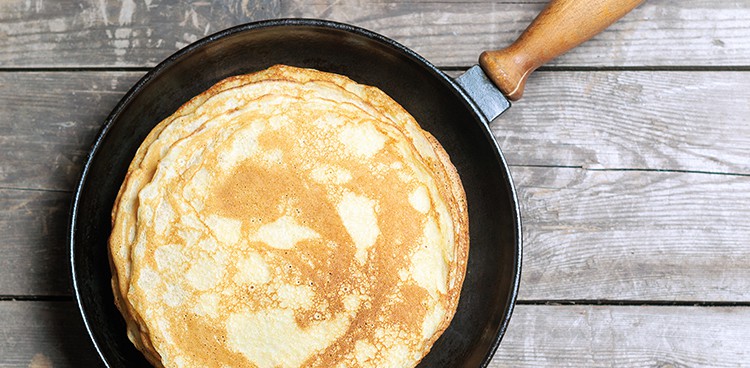
Putting aside the wood-pulp filler controversy, the “Parmesan cheese” in a clear Kraft bottle is, in fact, not really Parmesan at all—at least not in Europe. In the EU, to call a cheese Parmesan—or, more officially, Parmigiano Reggiano— means the cheese meets several geographic and production-related criteria, including that is made only from three components: cow’s milk, animal rennet, and salt.
The Italians care about their beloved cheese so much that they even have an entire organization, the Parmigiano Reggiano Consortium, to make sure no one calls their cheese Parmesan unless it is really and truly Parmesan.
The Consortium’s job just got a whole lot easier—a group of Italian scientists have discovered a way to verify whether or not a wheel is a Parm-impostor, quickly and efficiently. After analyzing over 300 cheeses, they found that fatty acids were missing in any cheese whose production does not allow the use of silage as feed but were present in all that do. To be considered real Parmigiano Reggiano, cows must not be fed with corn silage.
Augusta Caliagni, an author of the cheesy study, told Munchies that even though they are not the first ones to create a method that proves whether or not a cheese is legitimate, this way is easier to reproduce in laboratories.
So, formaggio-lovers around the world—rejoice! Soon you’ll have nothing to lose but your fake-Parm cheesy chains!




